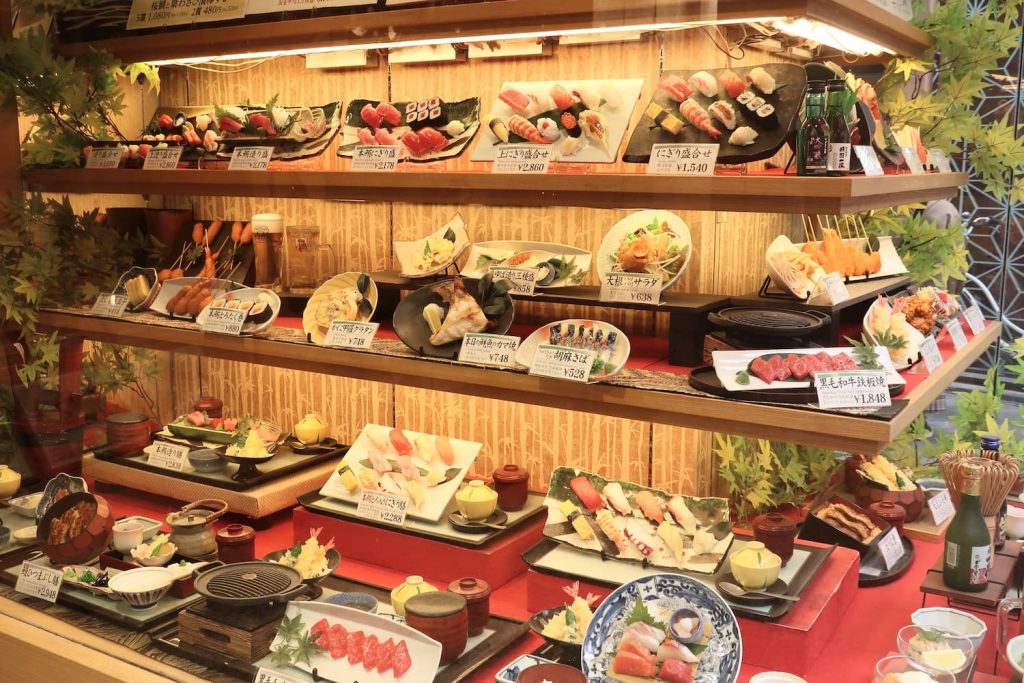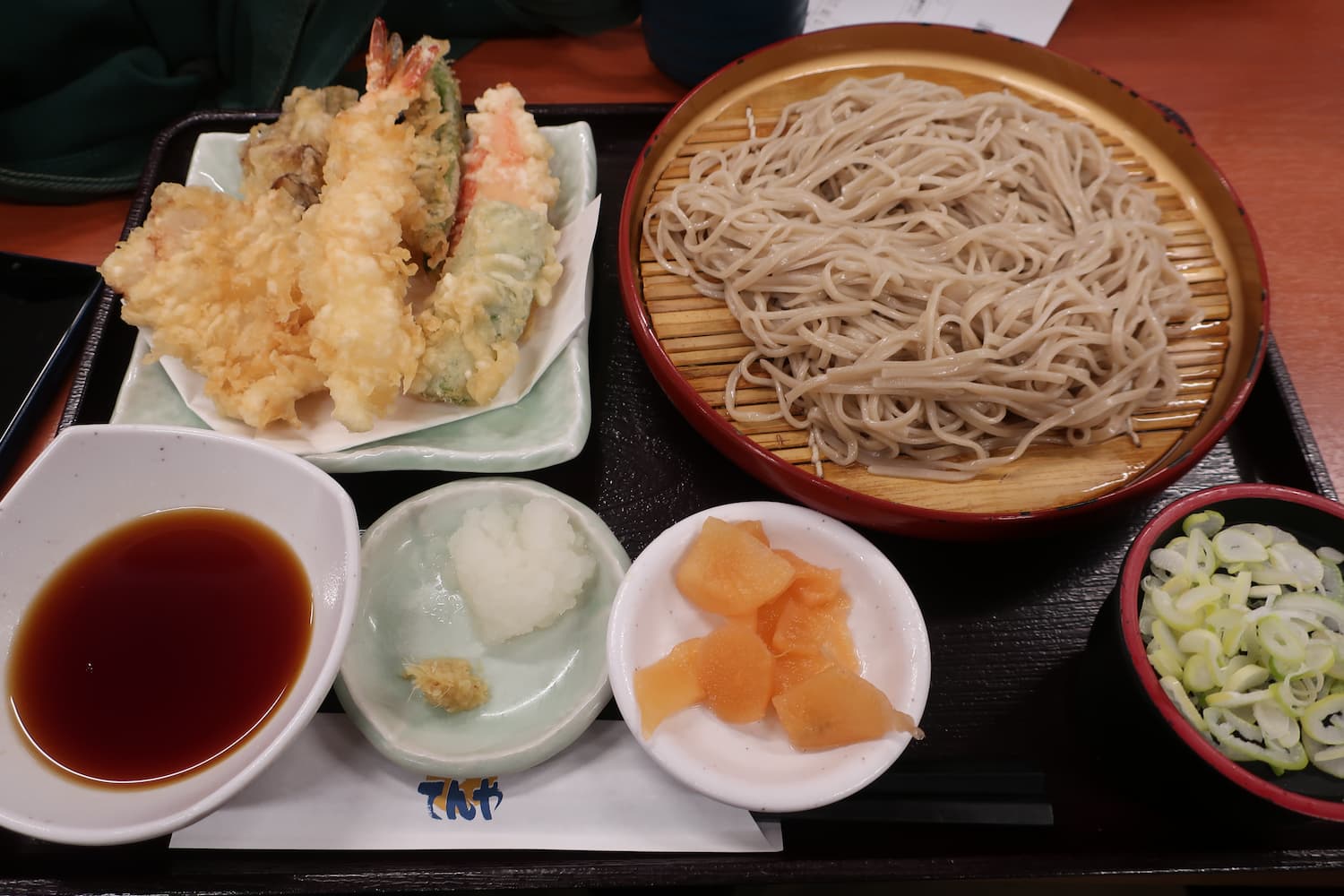If you’re a vegetarian planning a trip to Japan, food might be one of your biggest concerns. While Japanese cuisine (Washoku) is known for being delicious and beautifully presented, it isn’t always easy for vegetarians to navigate. Unlike in many Western countries, vegetarianism isn’t yet mainstream in Japan, and the line between “vegetarian” and “non-vegetarian” can be quite blurred.
That’s because Japanese food culture often uses animal-based ingredients in subtle ways—especially in broths, sauces, and seasonings. But don’t worry! With a little preparation, you can still enjoy your culinary journey in Japan. This guide covers the essential things vegetarians should consider when dining in Japan.

1. Dashi – The Heart of Japanese Flavor
One of the most important things to know is the role of Dashi (出汁), a soup stock that forms the base of many Japanese dishes. While dashi can be made from kombu (kelp) or shiitake mushrooms, the most commonly used version comes from Katsuobushi (鰹節)—dried, fermented bonito (a type of fish).
You’ll find dashi in miso soup, noodle broths (like udon and soba), simmered vegetables, and even in tamagoyaki (Japanese rolled omelet). Even something as simple as Ohitashi—blanched spinach with a savory dressing—often contains dashi made from fish.
So, even if a dish looks vegetarian, it may include animal-derived broth. Some restaurants do offer plant-based dashi made from kombu or shiitake—these are your best bet as a vegetarian in Japan. Look for restaurants that specifically mention vegetarian dashi or cater to plant-based diets.
2. Watch Out for Katsuobushi (鰹節)
Katsuobushi, those thin, smoky fish flakes, are another hidden ingredient to be aware of. They’re not only used in dashi but are also sprinkled on top of many dishes.
For example, Japan’s famous street foods like Okonomiyaki and takoyaki almost always come topped with Katsuobushi. Even if you skip meat or seafood in the ingredients, the bonito flakes on top make the dish non-vegetarian. Similarly, Furikake (seasoning sprinkled over rice) and side dishes like Ohitashi often include Katsuobushi.
3. White Sugar in Wagashi – Sweet, but Not Always Plant-Based
Traditional Japanese sweets, or wagashi (和菓子), might look like a safe choice for vegetarians. They often contain red bean paste (Anko) made from sweetened azuki beans and are served with mochi, in dorayaki, or as toppings on shaved ice.
However, many of these sweets use white sugar, which in some cases is processed using bone char. While not all vegetarians are concerned about this, those who are should be cautious. If you prefer to avoid white sugar processed with animal products, look for specialty vegan wagashi, which are starting to become more available in Japan’s larger cities.
4. Pescatarian? Japan Might Be Easier for You
If you eat fish but avoid meat—what’s known as pescatarian—you’ll find it much easier to enjoy Japanese cuisine. Fish plays a major role in traditional Washoku, while red meat is used less often.
That said, keep an eye out for hidden animal ingredients like:
- Gelatin, found in many Western-style desserts and candies.
- Lard (pork fat), sometimes used for deep-frying or croquettes—even vegetable ones.
5. Discover Shojin Ryori – Traditional Buddhist Cuisine
For vegetarians and vegans alike, Shojin ryori (精進料理) is a must-try. Rooted in Buddhist principles that avoid killing living beings, this cuisine contains no animal products and also avoids strong-smelling vegetables like garlic, onions, and leeks (known as the “five pungent roots” or 五葷).
Shojin ryori is not only entirely plant-based, but also deeply connected to Japanese spiritual and cultural traditions. Unfortunately, it’s not widely available in regular restaurants—you’ll typically find it at temples or specialized eateries. But if you do get a chance to try it, it’s a uniquely Japanese vegetarian experience that’s well worth seeking out.
6. Vegetarian-Friendly Chain Restaurants
While Japan isn’t as vegetarian-friendly as Europe or the U.S., some nationwide chain restaurants are starting to offer plant-based menu items. These chains often have locations in train stations, malls, and tourist areas—making them convenient when you’re exploring.
Some examples include:
- MOS Burger (モスバーガー)/ Green Burger Teriyaki (グリーンバーガーテリヤキ)
- Royal Host (ロイヤルホスト) / Vegetable Curry & Multigrain Rice (ベジタブルカレー&雑穀ごはん)
- Curry House CoCo Ichibanya (カレーハウスcoco壱番屋) / CoCo Ichi Veggie Curry (ココイチベジカレー)
- Doutor Coffee (ドトールコーヒー) /Soy Meat & Tomato Stew Sandwic (全粒粉サンド 大豆のミート -豆と野菜のトマト煮込み)
- Soup Stock Tokyo (スープストックトーキョー) / Vegetarian Soups (ベジタリアン対応メニュー)
7. Use These Tools to Find Veg-Friendly Spots
In major cities like Tokyo and Kyoto, the number of vegetarian and vegan restaurants is growing. Here are two great websites to help you find them:
- Is It Vegan Japan? – Explains ingredients and labels in Japan
- HappyCow – Global restaurant finder with strong Japan coverage
These tools can help you discover delicious plant-based options—even if you don’t speak Japanese.
Final Thoughts: Being Vegetarian in Japan Is Totally Possible
At first glance, Japan might seem like a tough place for vegetarians. But with a little knowledge and awareness—especially about ingredients like Dashi and Katsuobushi —you can enjoy the rich world of Japanese cuisine without compromising your values.
And don’t forget to explore uniquely Japanese vegetarian experiences like Shojin ryori. With a little preparation, your food journey in Japan can be just as amazing as the temples, mountains, and cherry blossoms.
